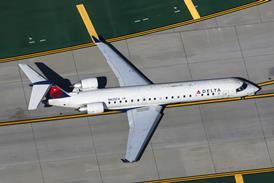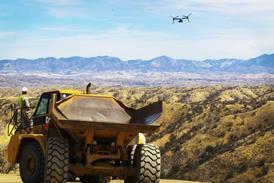Aviation Industries of China (AVIC) and Aero International Asia (AIA) are discussing development of an extended-range version of the proposed AirExpress AE-100 family of regional aircraft.
According to industry sources, it is planned to offer the option of a longer-range derivative, designed to fly up to 4,800km (2,600nm). The aircraft would be capable of operating between East and West Coast destinations in the USA.
Three different-sized members of the AE-100 family will be developed, seating 100, 120 and 140 passengers, respectively, in a single-class configuration. The aircraft will have a basic maximum design range of 2,960km, sufficient to fly from Beijing to Lhasa or Urumqi, in the far west of China.
Development of a stretched AE-100 has raised some concern in Europe that the aircraft could conflict with Airbus A319, which seats 134 passengers in a single-class layout. Chinese aerospace officials, however, are now suggesting that by the time the stretched version enters service in 2006, the A319 will be in need of replacement.
They argue that the AE-100 will represent a more cost-effective alternative to the A319. AVIC is proposing an aircraft with a smaller wing and weighing up to 20% less than the A319. It suggests that the basic AE-100 will have an empty weight of around 33,000kg and the stretched version 35,000kg, compared to the A319's 40,100kg.
The stretched aircraft will be the third and final version to be developed. The baseline 120-seat AE-100 is tentatively planned to be introduced into service in 2002, and will be followed "within six to 12 months" by the shorter 100-seater.
Discussions continue between AVIC, the three AIA partners and Singapore Technologies Aerospace (STAe) in a bid to reach an overall agreement on a more definitive design, technology transfer and production work-share. "There is still a lot water to go under the bridge in terms of negotiations," says a source close to the talks.
There are fundamental design differences still to be resolved, claim Chinese officials. Europe is arguing for a higher fuselage and wing sill, to reduce drag and improve field performance, while AVIC is pushing for a lower height for easier ground handling and lighter undercarriage.
The basic understanding so far reached is that China will, with European assistance, develop the wing and undertake final assembly of the aircraft. Europe in return is thought to be asking for fuselage and cockpit work, while STAe wants responsibility for electrical, pneumatic and auxiliary-power-unit integration. Taiwan is also interested in joining.
Source: Flight International























